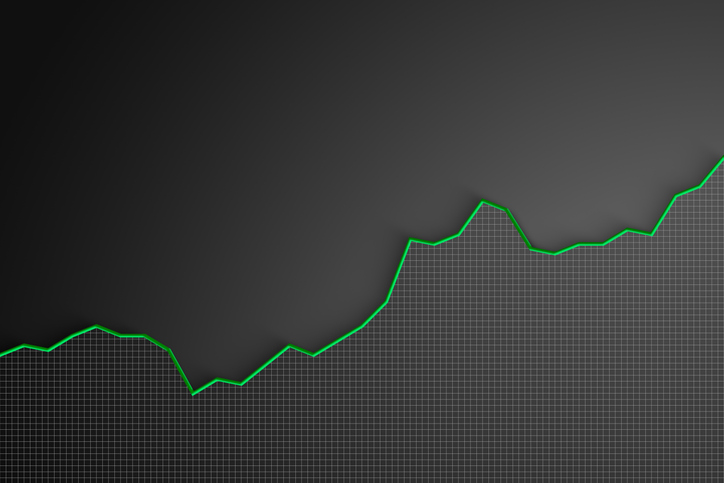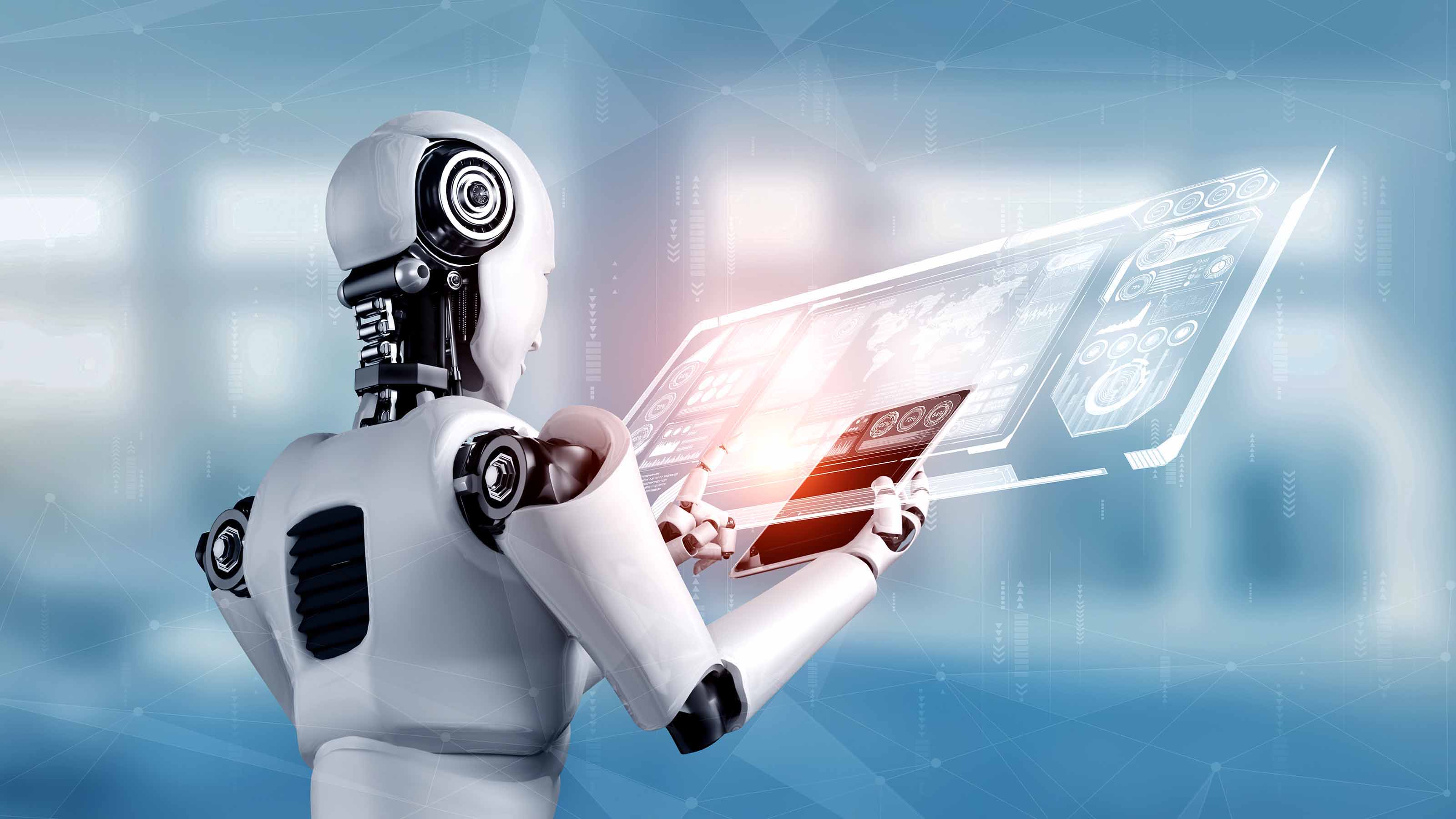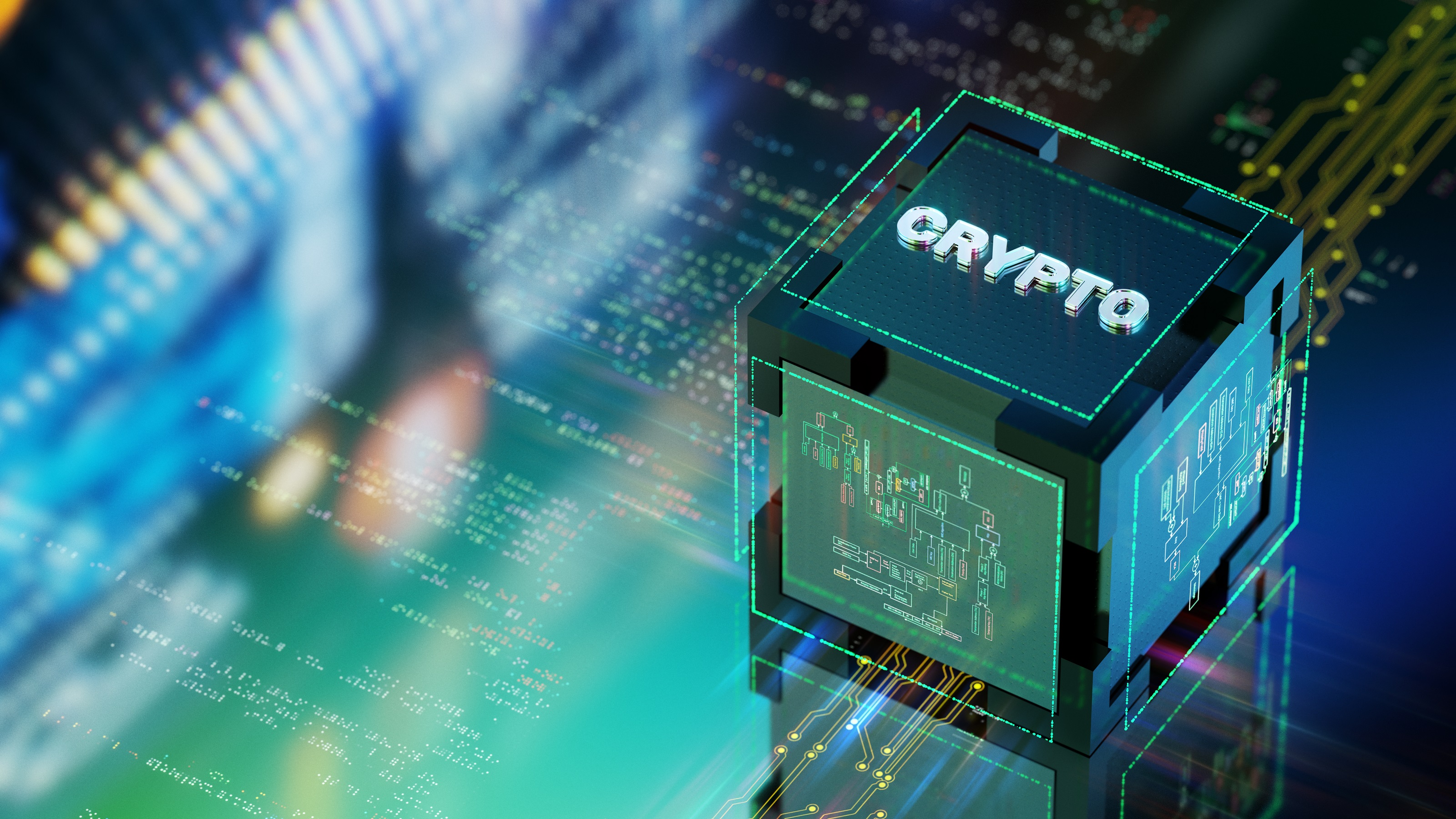The Fed's Options to Jump-Start the Economy
Odds are the second half of this year will bring brisker economic gains. But if recent sluggishness persists, with interest rates already at rock bottom, what else can the Fed do?

Interest rates are the Federal Reserve’s mightiest energizer, but it has other options it can turn to, if need be. There is, understandably, cause for concern. Second-quarter GDP growth came in at a tortoise-like 2.4% pace, slowing noticeably from the 5% rate of last year’s final quarter and the somewhat less brisk 3.7% of this year’s first three months. As a rule of thumb, growth needs to exceed a 2.5% rate to reduce unemployment. So, with the federal funds interest rate already hovering between zero and 0.25% -- a record low -- it’s fair to ask what policy options remain. Fortunately, there are a few.
First, policymakers can talk down long-term interest rates, such as 30-year mortgages, which are critical to the health of the economy. Unlike short-term interest rates, long-term rates are beyond the Fed’s complete control. But they can be influenced, using what is sometimes called the Fed's "open-mouth policy."
Because long-term interest rates largely reflect what investors expect short-term interest rates to be in the future, the Fed policymakers sway long-term rates by shaping expectations of the future. For example, if one-year interest rates are expected to be 1% for the next 12 months and 3% for the following 12 months, rational investors won’t part with their money for two years unless they can get at least a 2% return. Otherwise, they would just roll over their short-term investment after the first year and get the higher rate for the next. But if the Fed can convince investors that future short-term interest rates won't rise to 3%, the long-term rates investors demand won't rise as much.

Sign up for Kiplinger’s Free E-Newsletters
Profit and prosper with the best of expert advice on investing, taxes, retirement, personal finance and more - straight to your e-mail.
Profit and prosper with the best of expert advice - straight to your e-mail.
The Fed has been attempting to do just this for the past 20 months with its prediction of "exceptionally low levels of the federal funds rate for an extended period." The conventional translation of that statement (endorsed by some Fed officials) is that investors can count on rates remaining low for a minimum of about six months. If it wanted to, the Fed could push the prediction much further out into the future. A statement something like "exceptionally low levels of the federal funds rate are likely until unemployment falls below 7%," for example, would imply a much longer time horizon. That would help keep a damper on long-term interest rates, and knocking a percentage point off 30-year mortgage rates would surely help the economy.
The Fed's second option for stimulating the economy is to buy bonds, a practice known as "quantitative easing." Round One of quantitative easing took place between November 2008 and March 2010, when the Fed bought $1.7 trillion of bonds, mostly mortgage-backed securities. That helped reduce long-term interest rates and injected cash into the banking system: Every time the Fed bought a bond, the seller received cash, which ended up in a bank account, providing banks funds for lending. If it wanted to, the Fed could announce Round Two of this program tomorrow, with purchases commencing just a few weeks later.
Sometimes the Fed's quantitative easing program is compared, disparagingly, with similar efforts undertaken by Japan's central bank a decade or more ago. But the comparison is flawed. The Fed's program was quickly implemented, begun less than a year into the recession and nearly simultaneous with the financial crisis of late 2008. The Bank of Japan's efforts, in contrast, didn't hit full stride until 2001, more than a decade after its economic problems had become deeply entrenched.
The Fed’s third option: Eliminate the interest rate it pays banks on "excess reserves." Banks are required to keep some cash at the Fed to satisfy the normal ebb and flow of customer withdrawals. But in October 2008, the Fed began to compensate banks for any excess over the minimum requirement. Although that interest rate is now just 0.25%, eliminating it entirely would encourage banks to find alternative uses for the fund -- such as making loans.
All of these options will be on the table at the Fed's regularly scheduled meeting next week. I expect each to get the thumbs-down, however. The Fed has proved to be no wallflower when dramatic actions are required. But the recent economic slowdown hardly calls for that. My best judgment, which also seems to be the majority opinion at the Fed, is that the recent soft patch will be temporary, reflecting a litany of fleeting problems. If the Fed and I are wrong, a game plan is in place and ready to go.
Get Kiplinger Today newsletter — free
Profit and prosper with the best of Kiplinger's advice on investing, taxes, retirement, personal finance and much more. Delivered daily. Enter your email in the box and click Sign Me Up.

-
 Stock Market Today: Stocks Soar on China Trade Talk Hopes
Stock Market Today: Stocks Soar on China Trade Talk HopesTreasury Secretary Bessent said current U.S.-China trade relations are unsustainable and signaled hopes for negotiations.
By Karee Venema
-
 2026 Disney Dining Plan Returns: Free Dining for Kids & Resort Benefits
2026 Disney Dining Plan Returns: Free Dining for Kids & Resort BenefitsPlan your 2026 Walt Disney World vacation now. Learn about the returning Disney Dining Plan, how kids aged three to nine eat free, and the exclusive benefits of staying at a Disney Resort hotel.
By Carla Ayers
-
 The Economic Impact of the US-China Trade War
The Economic Impact of the US-China Trade WarThe Letter The US-China trade war will impact US consumers and business. The decoupling process could be messy.
By David Payne
-
 AI Heads to Washington
AI Heads to WashingtonThe Kiplinger Letter There’s big opportunity for AI tools that analyze MRIs and other medical images. But also big challenges that clinicians and companies will have to overcome.
By John Miley
-
 The AI Doctor Coming to Read Your Test Results
The AI Doctor Coming to Read Your Test ResultsThe Kiplinger Letter There’s big opportunity for AI tools that analyze CAT scans, MRIs and other medical images. But there are also big challenges that human clinicians and tech companies will have to overcome.
By John Miley
-
 The New Space Age Takes Off
The New Space Age Takes OffThe Kiplinger Letter From fast broadband to SOS texting, space has never been more embedded in peoples’ lives. The future is even more exciting for rockets, satellites and emerging space tech.
By John Miley
-
 Rising AI Demand Stokes Undersea Investments
Rising AI Demand Stokes Undersea InvestmentsThe Kiplinger Letter As demand soars for AI, there’s a need to transport huge amounts of data across oceans. Tech giants have big plans for new submarine cables, including the longest ever.
By John Miley
-
 What DOGE is Doing Now
What DOGE is Doing NowThe Kiplinger Letter As Musk's DOGE pursues its ambitious agenda, uncertainty and legal challenges are mounting — causing frustration for Trump.
By Matthew Housiaux
-
 A Move Away From Free Trade
A Move Away From Free TradeThe Letter President Trump says long-term gain will be worth short-term pain, but the pain could be significant this year.
By David Payne
-
 Trump’s Whirlwind Month of Crypto Moves
Trump’s Whirlwind Month of Crypto MovesThe Kiplinger Letter The Trump administration wants to strengthen U.S. leadership in the cryptocurrency industry by providing regulatory clarity.
By Rodrigo Sermeño